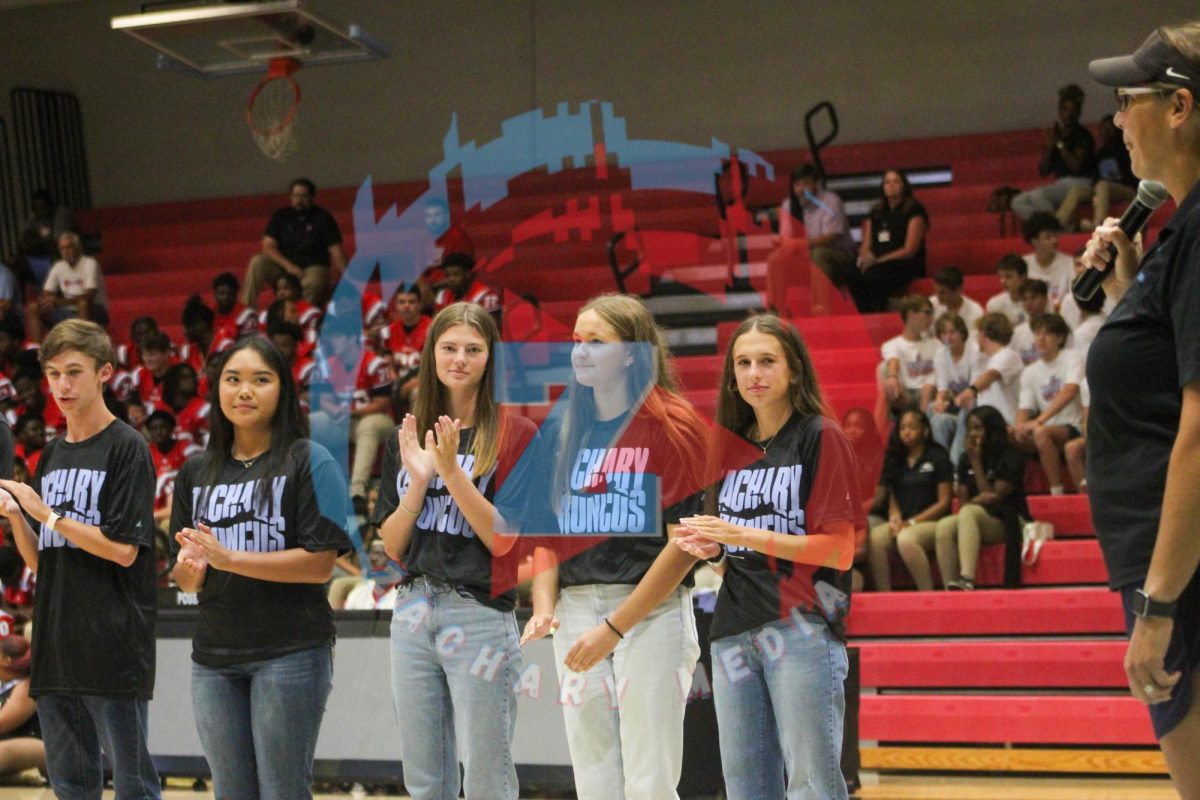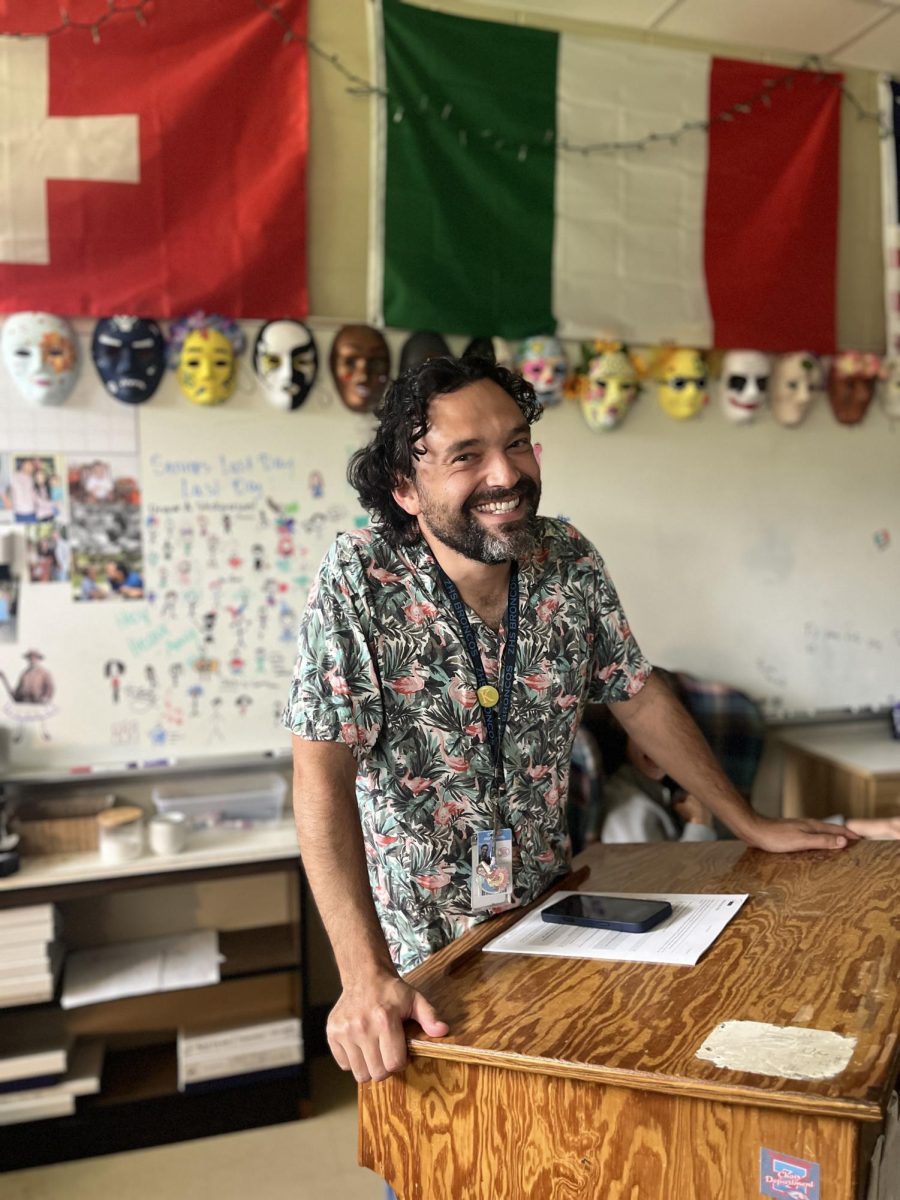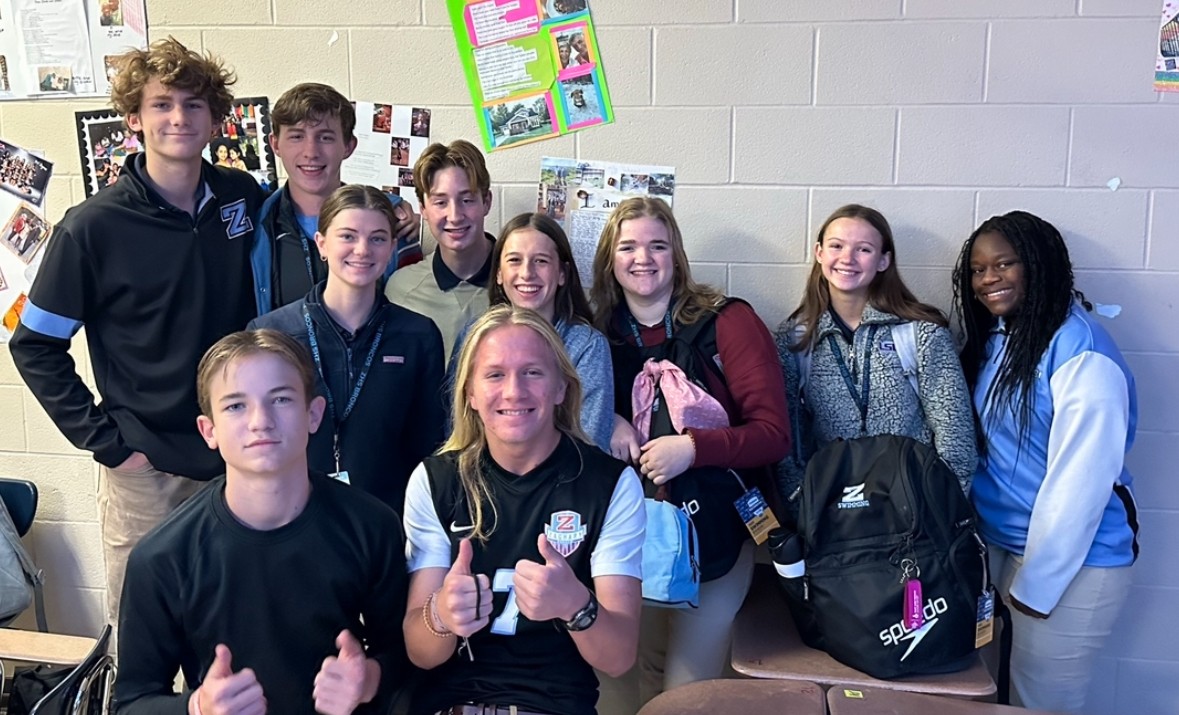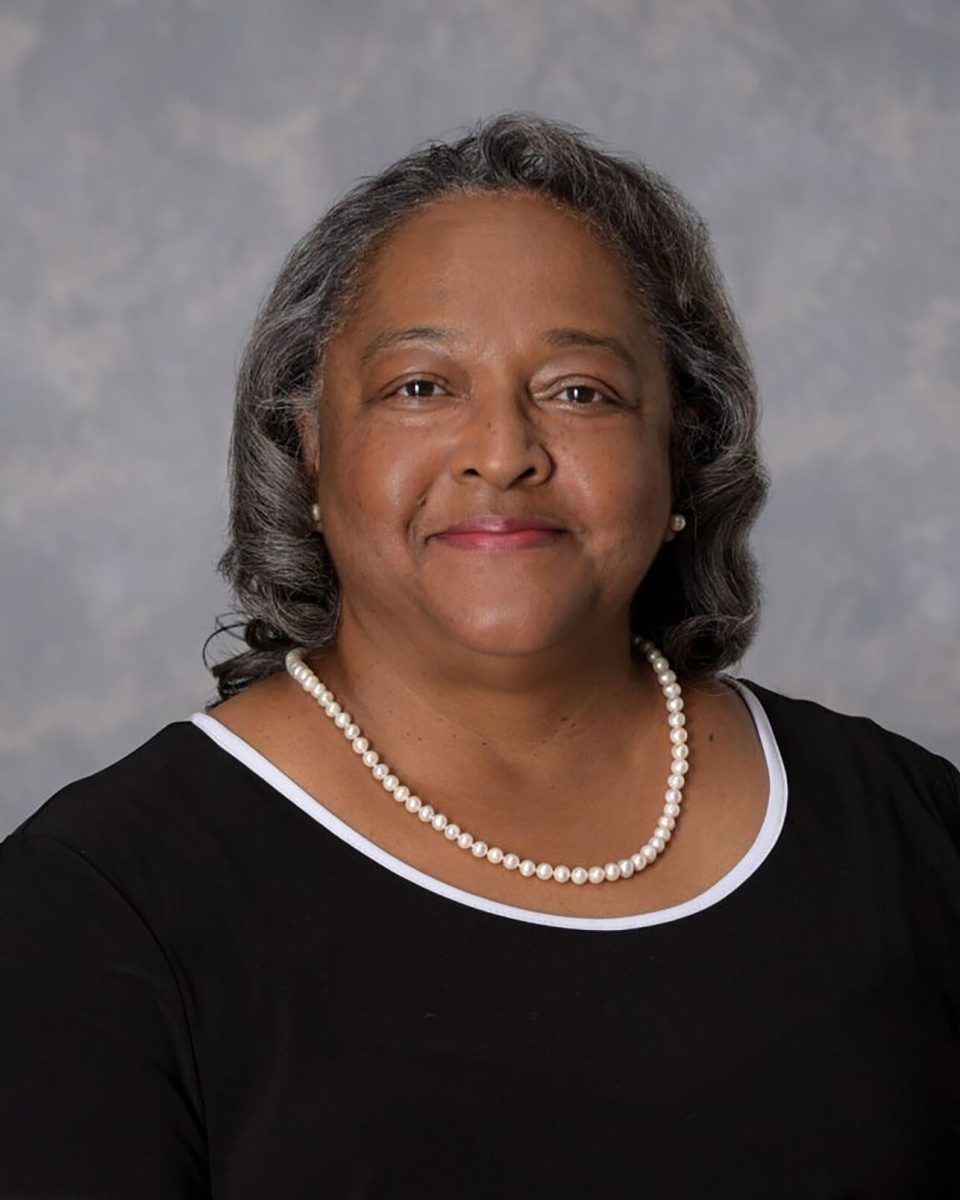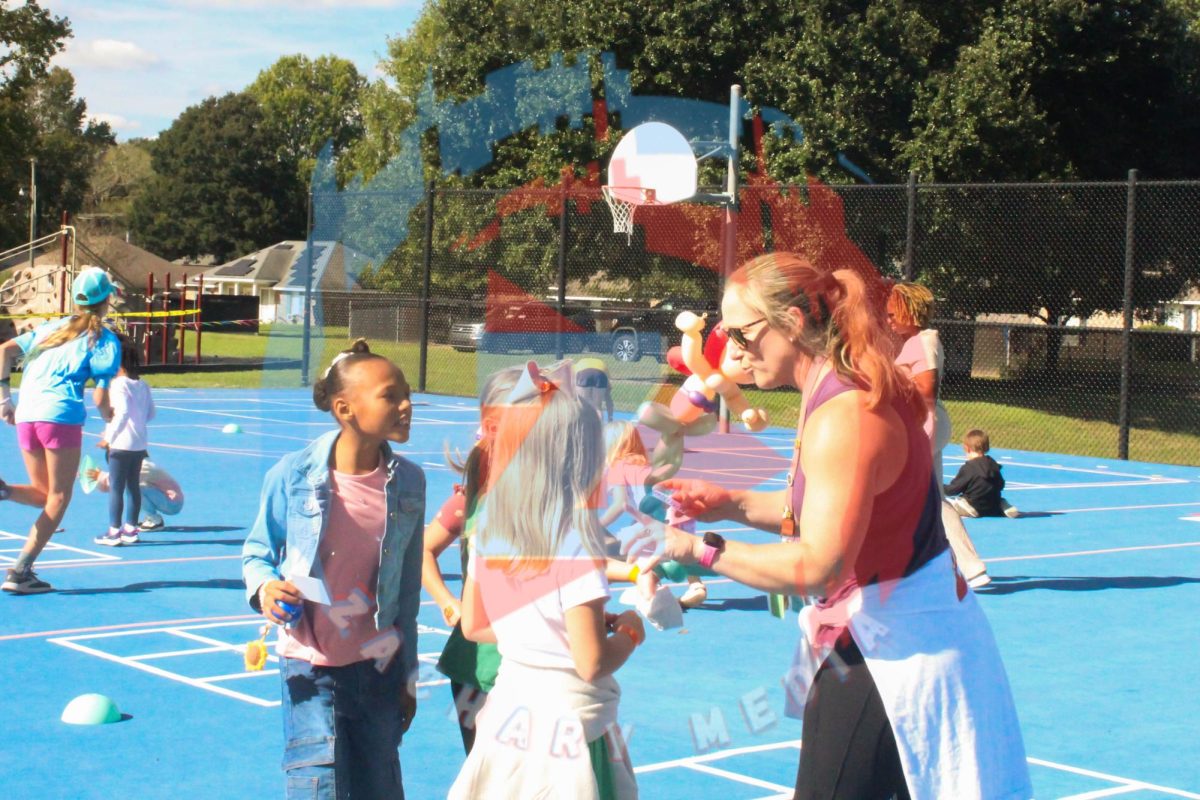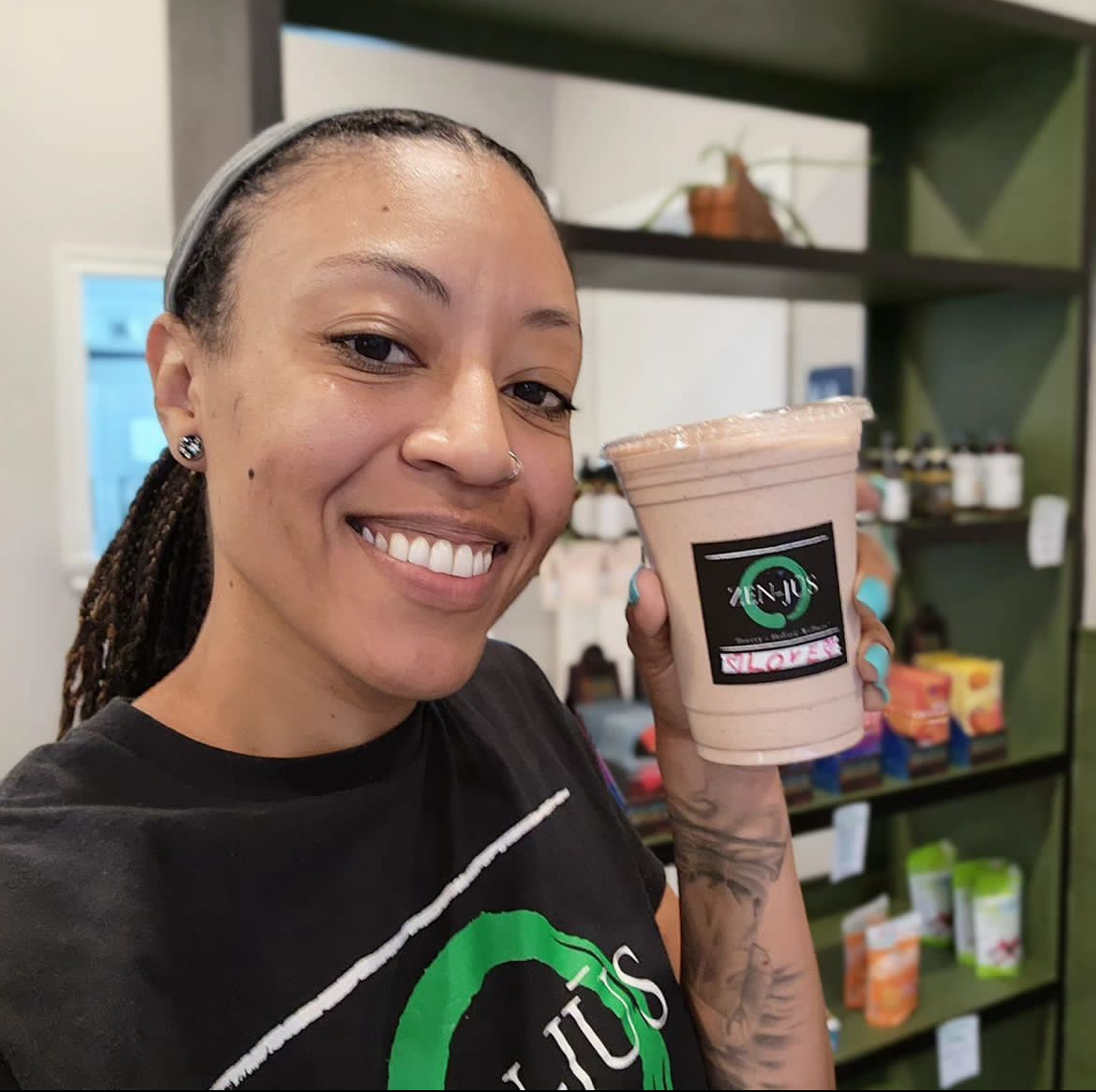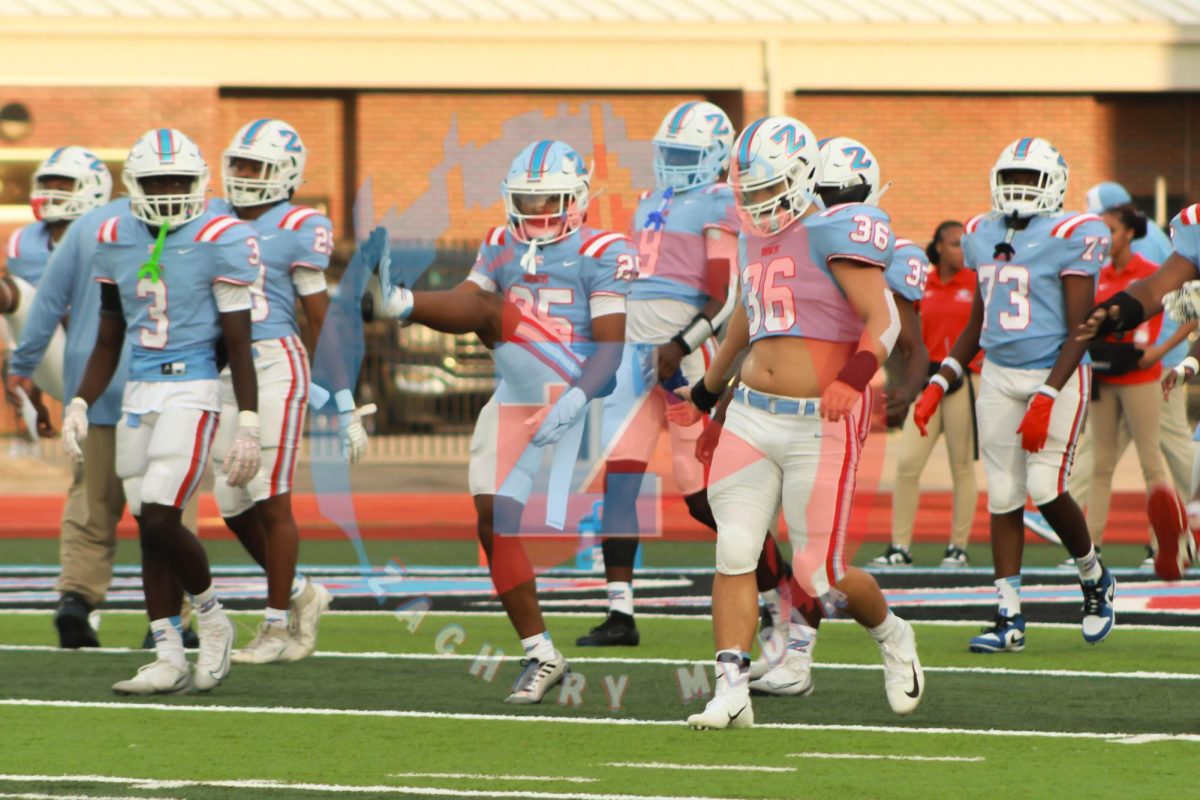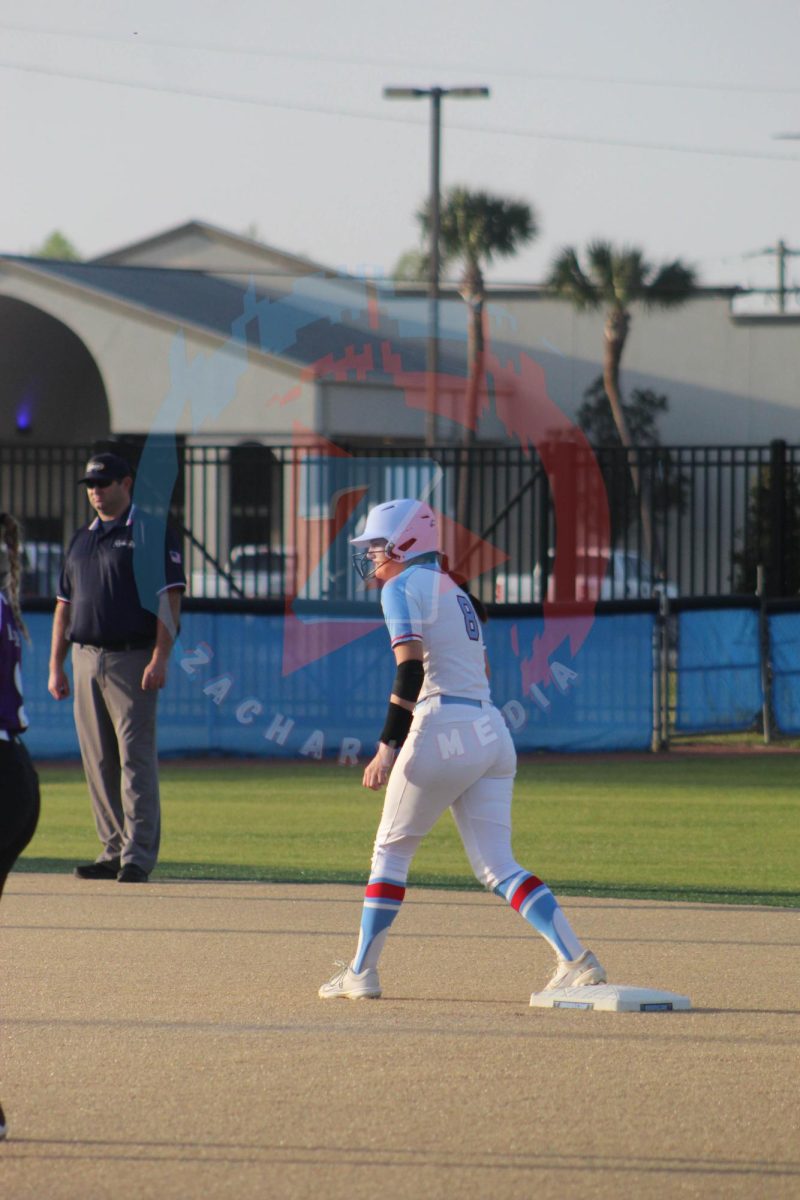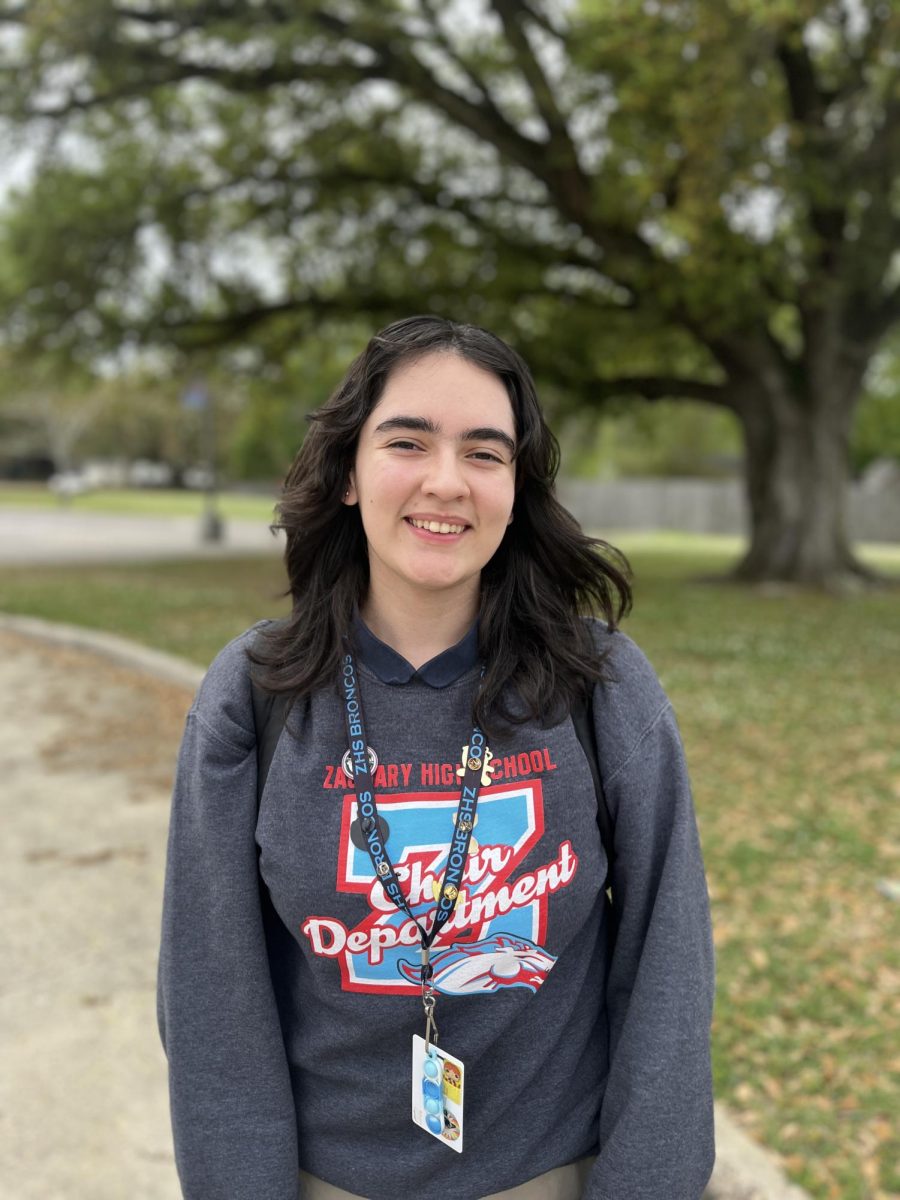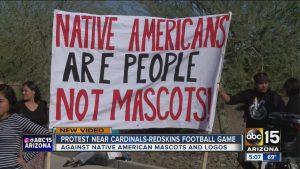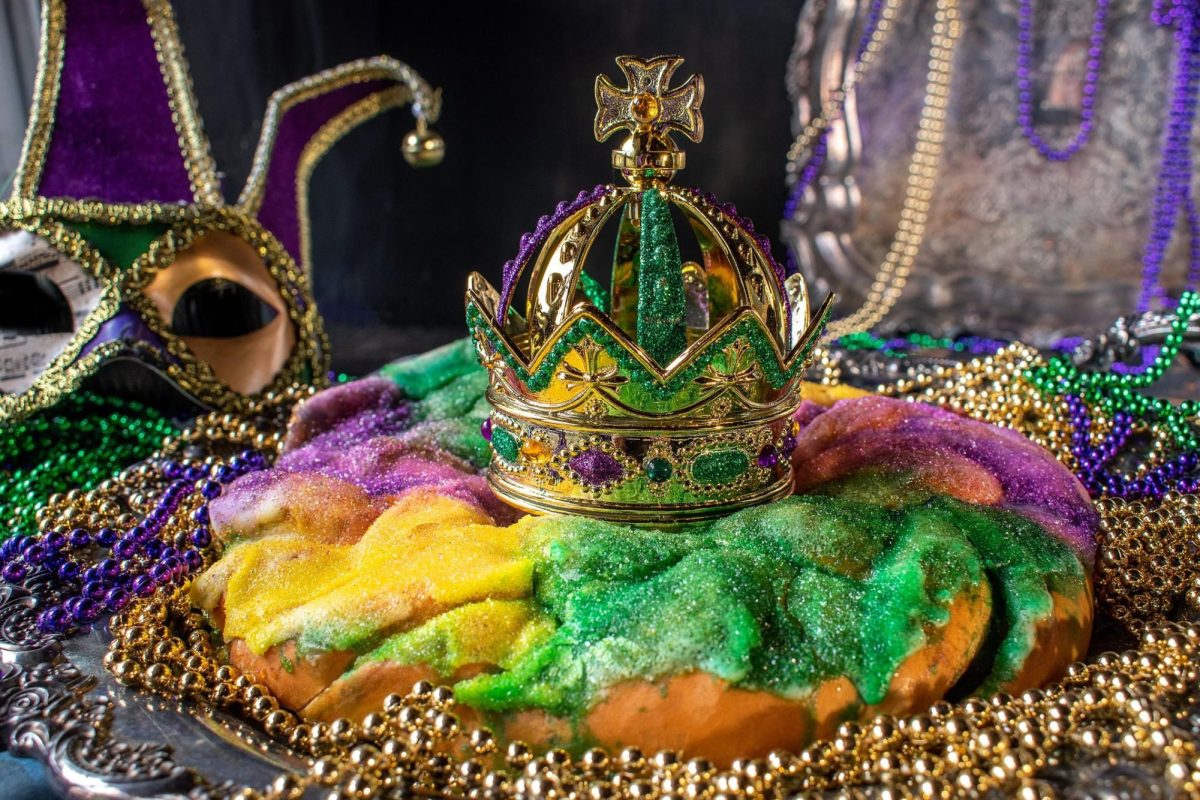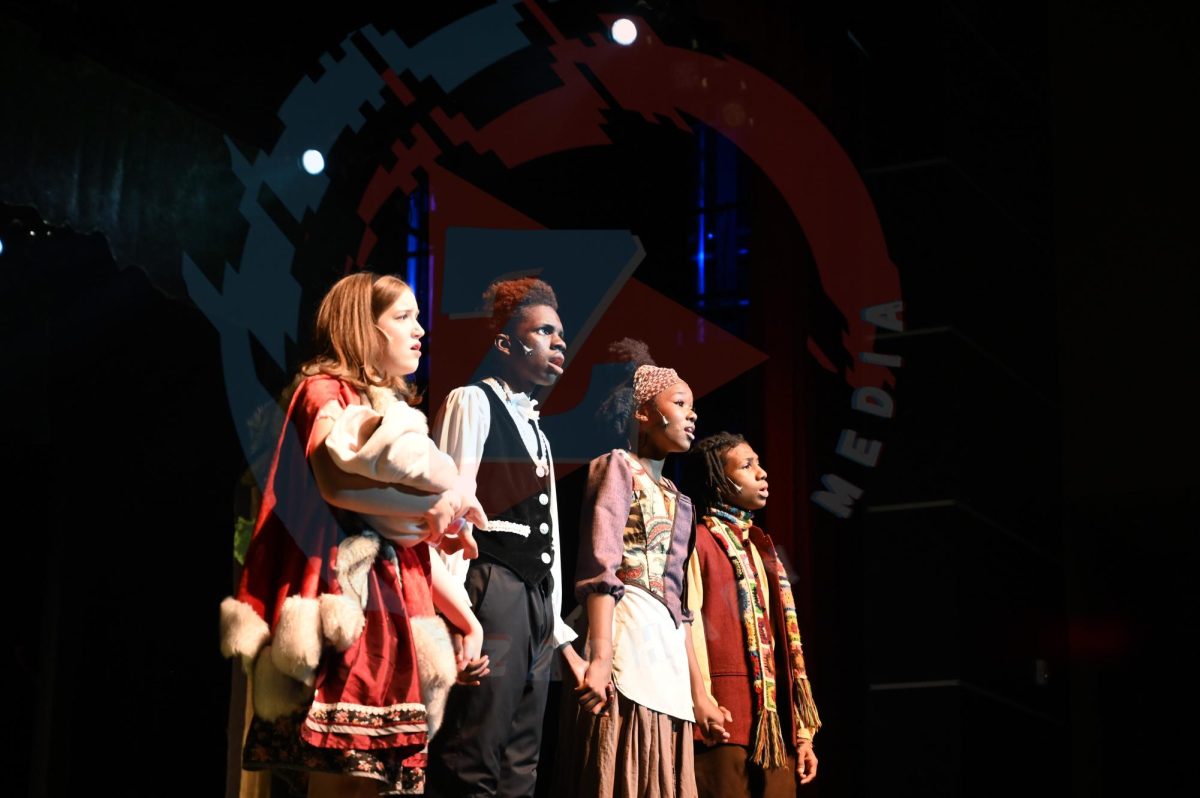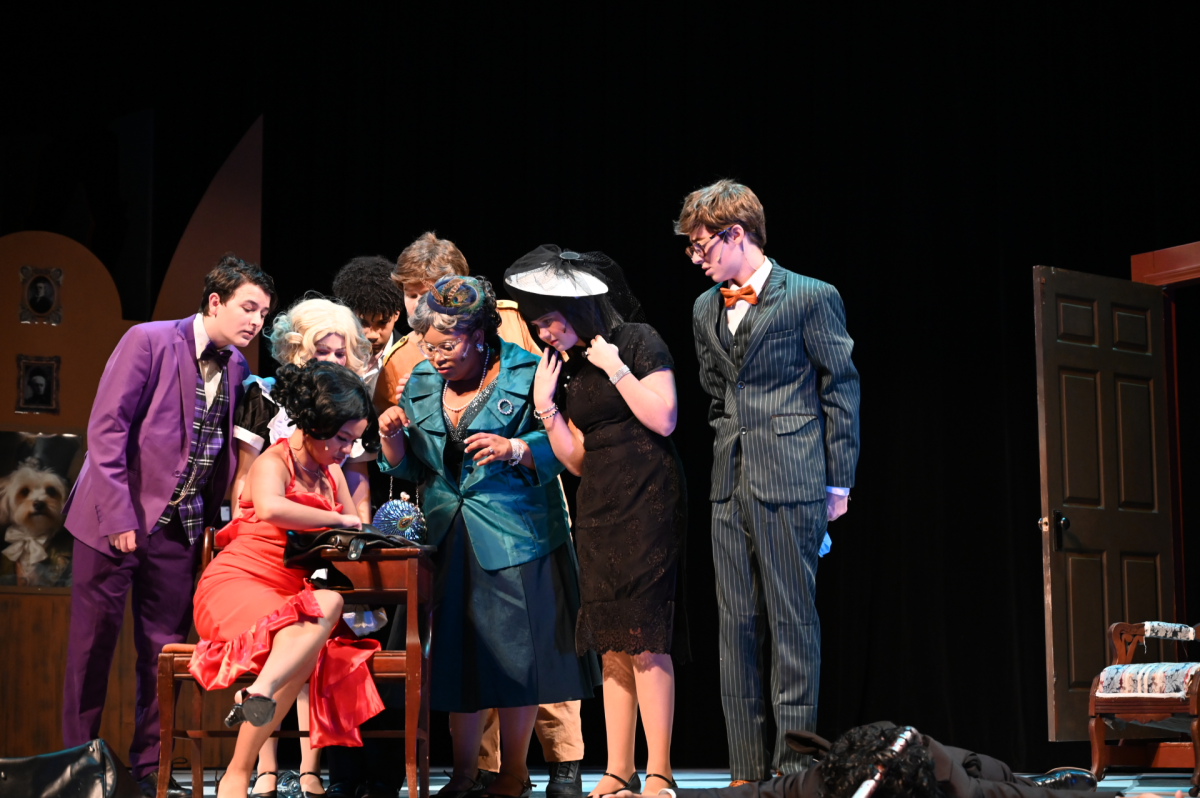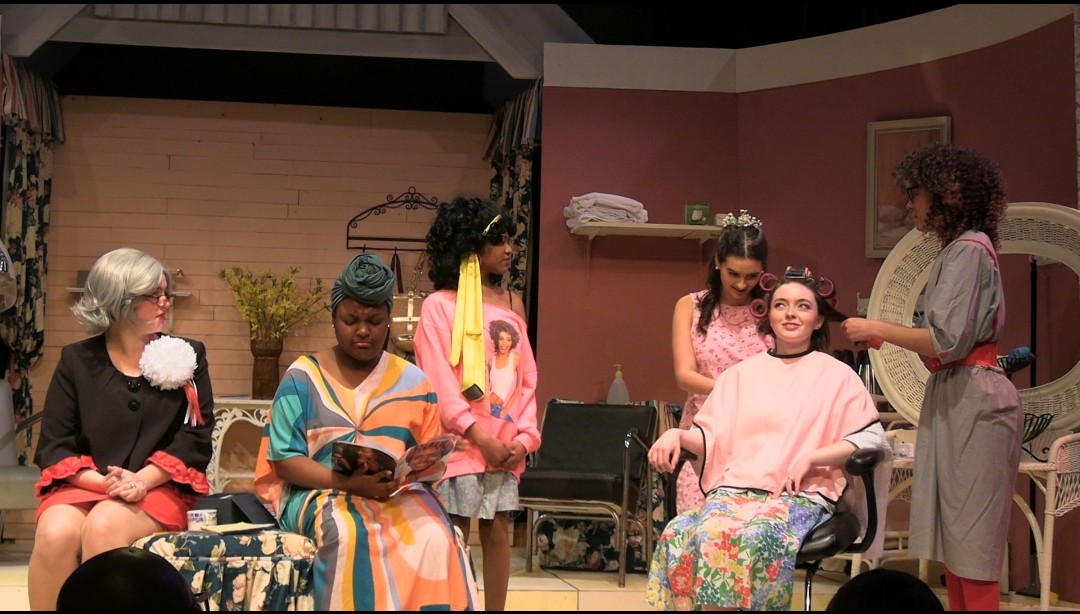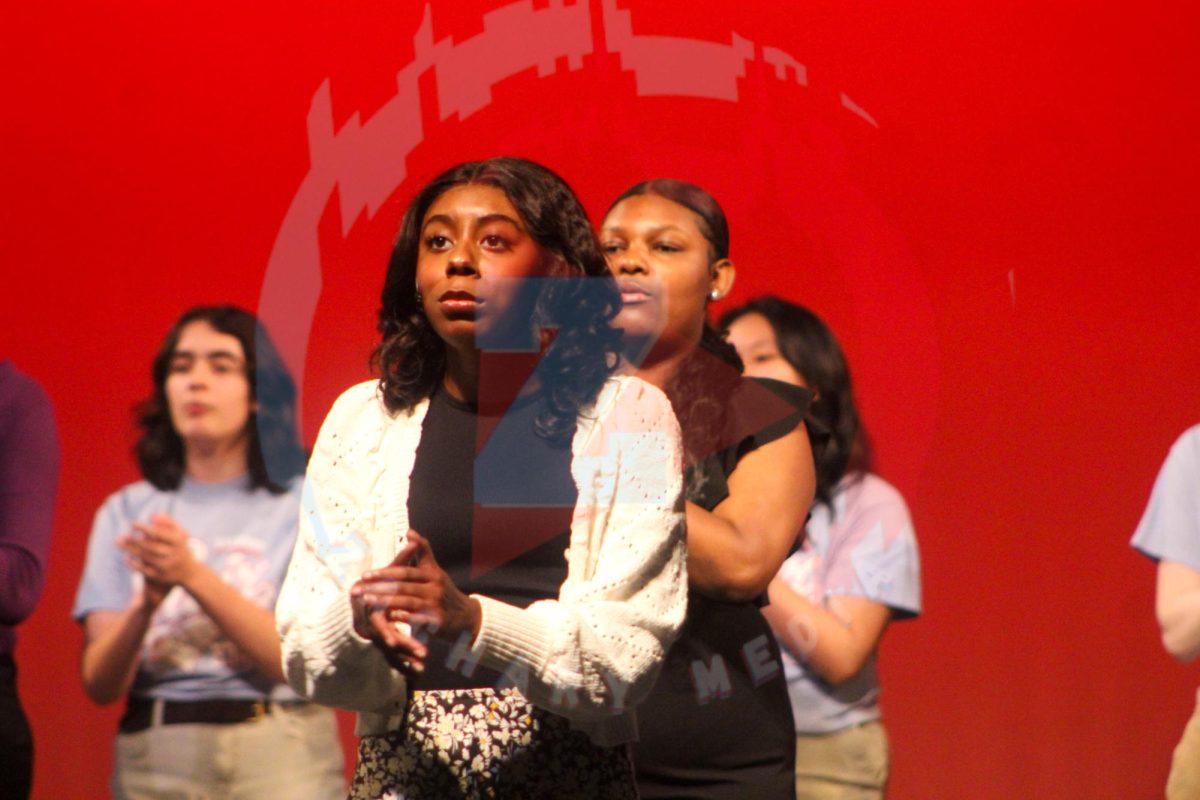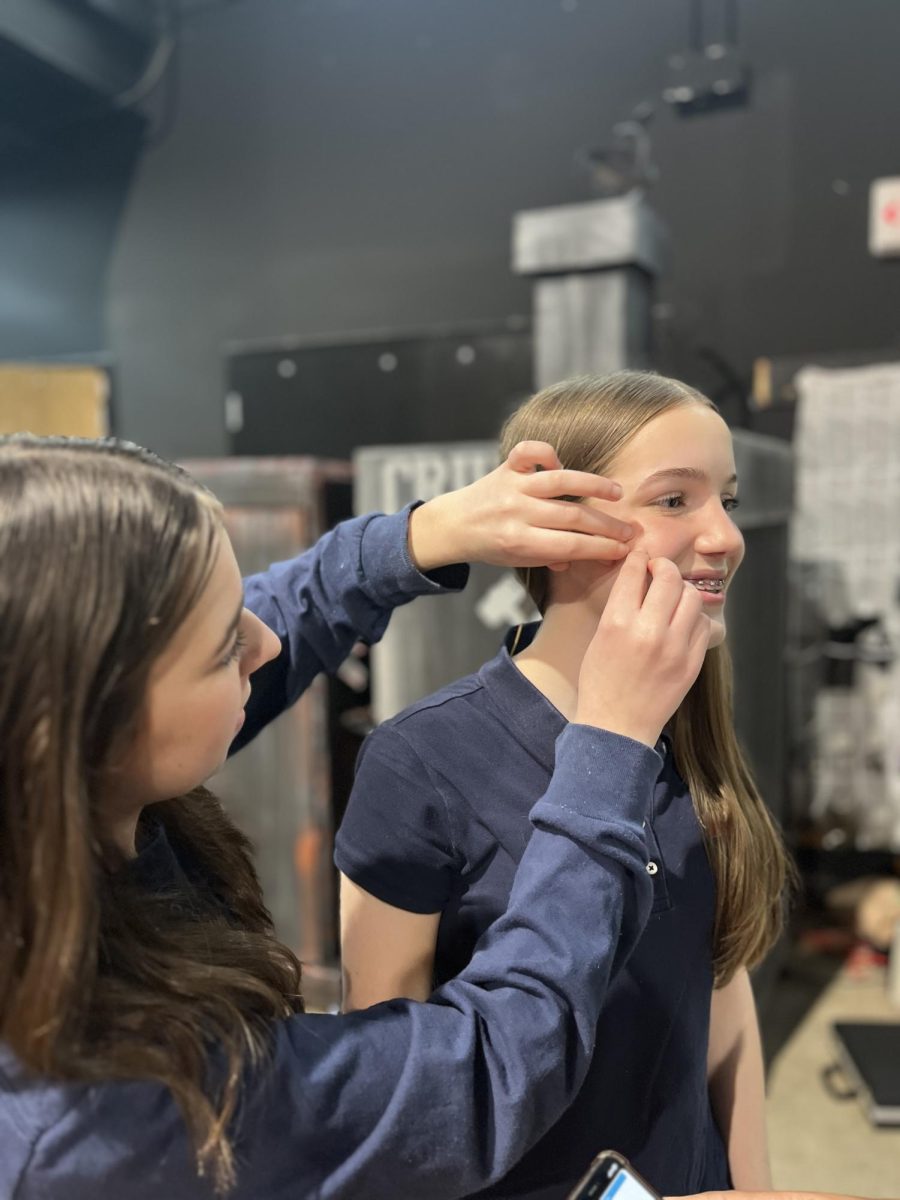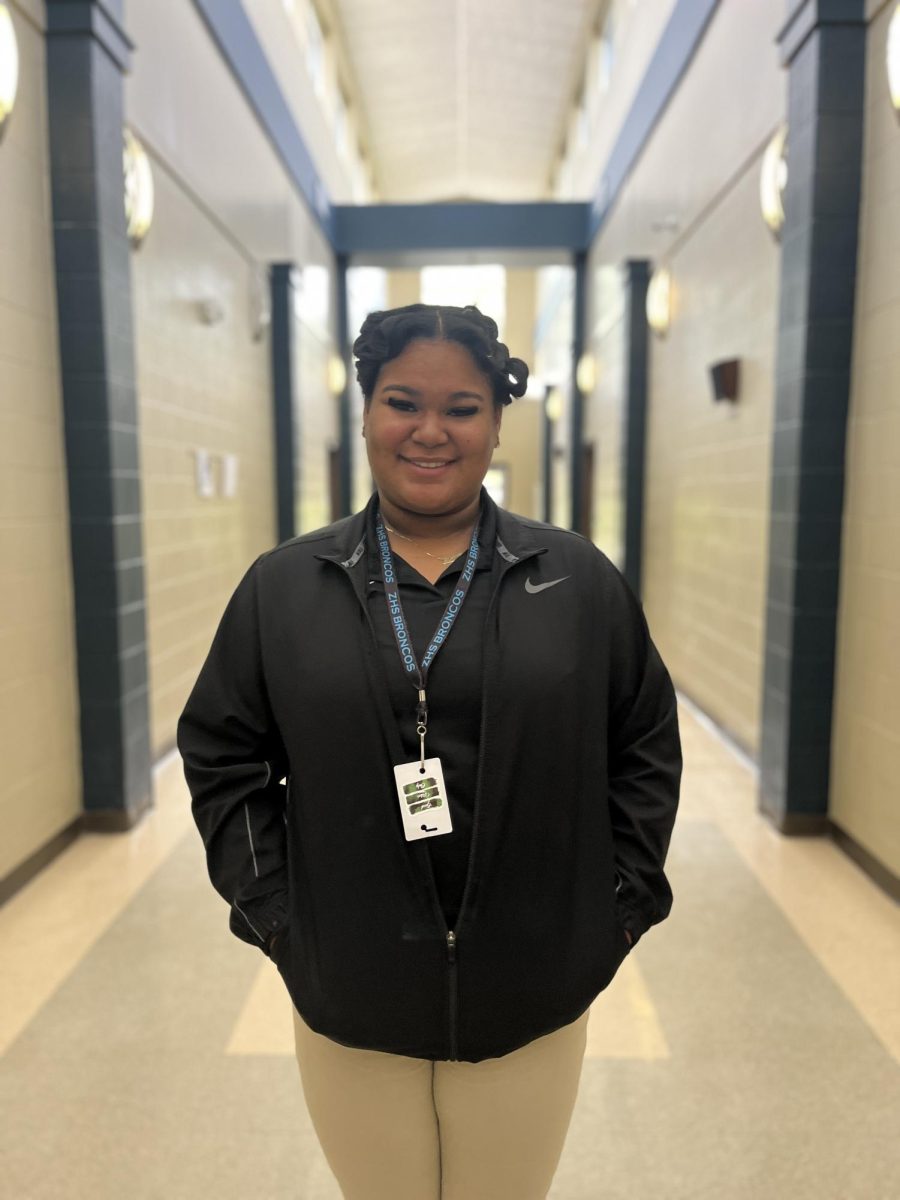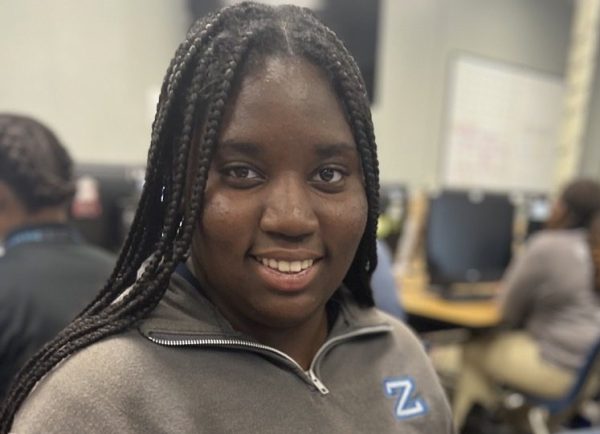The Philippines is a country in Southeast Asia that has a beautiful and vibrant culture. The month of October is dedicated to celebrating that culture. Jennifer Broussard (10) and Ashley Sevilla (10) shared their knowledge and appreciation of their Filipino heritage.

Broussard (10) was born in the Philippines and moved to the United States as a young child, but she has been back to visit multiple times. Most of her relatives still live between Manila and Pangasinan, so that’s where Broussard has spent the most time.
She explained how the Philippines are vastly different from the United States. The Philippines has a higher rate of poverty. Most Filipinos don’t even own a car. Despite these challenges, the country still has a strong sense of community and camaraderie. Filipinos greet each other by kissing on the cheek rather than shaking hands, which is the traditional greeting in American culture. Additionally, it’s typical for Filipinos to call anyone older than them “Ate” or “Kuya,” which means older sister and older brother respectively. Customs like these contribute to a more connected culture.
“It’s more like everyone is closer together,” said Broussard, “Everyone’s a lot more friendly and more like family.”
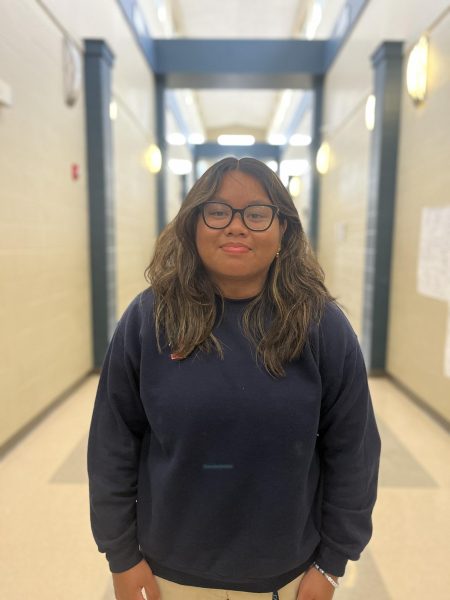
Sevilla (10) was born and raised in the Philippines. She moved to the United States when she was eight, but she still remembers her home country as clear as day. Like Broussard, she notes that the Philippines are extremely different from the United States. For example, Sevilla remembers school systems in the Philippines operating entirely differently than they do here.
“For lunch and stuff, we got to leave school… but we just had to be back before lunch [was] over,” said Sevilla, “And then, school doesn’t start early. When I was there, I didn’t go to school until like 12:00… and I went home around 5:00.”
Both girls also emphasized the significance of food in Filipino culture. Broussard particularly enjoys sinigang (soup made with pork ribs and vegetables), adobo (stewed chicken covered in a flavorful soy sauce), and pandesal (fluffy, sweet rolls). She explained that these dishes are often eaten with rice and are staples in Filipino cuisine. Sevilla’s favorite Filipino dishes are adobo, like Broussard, and lumpia (fried spring rolls). According to Sevilla, food plays such a significant role in Filipino culture because it brings families and friends closer together. Food allows loved ones to gather around the table to share a meal and celebrate life’s milestones.
Broussard believes it is important to celebrate Filipino American History Month because it connects her to her roots. Even though she lives in the United States, Broussard values her heritage. Her experiences in the Philippines have shaped her into a compassionate and friendly individual, always willing to embrace and share her culture with others.
For Sevilla, Filipino American History Month is a way of celebrating and embracing her culture. By promoting cultural diversity, Sevilla believes we bridge gaps between people. October is extremely important to Sevilla because it’s a time to remember and honor her cultural roots.
“I get to celebrate my culture and my family!” said Sevilla.
Sevilla and Brousard may be young, but they have deep appreciations for their Filipino heritage. Their stories showcase the beauty and richness of Filipino culture. Let us all celebrate and embrace diversity for it is what makes us unique and beautiful.

